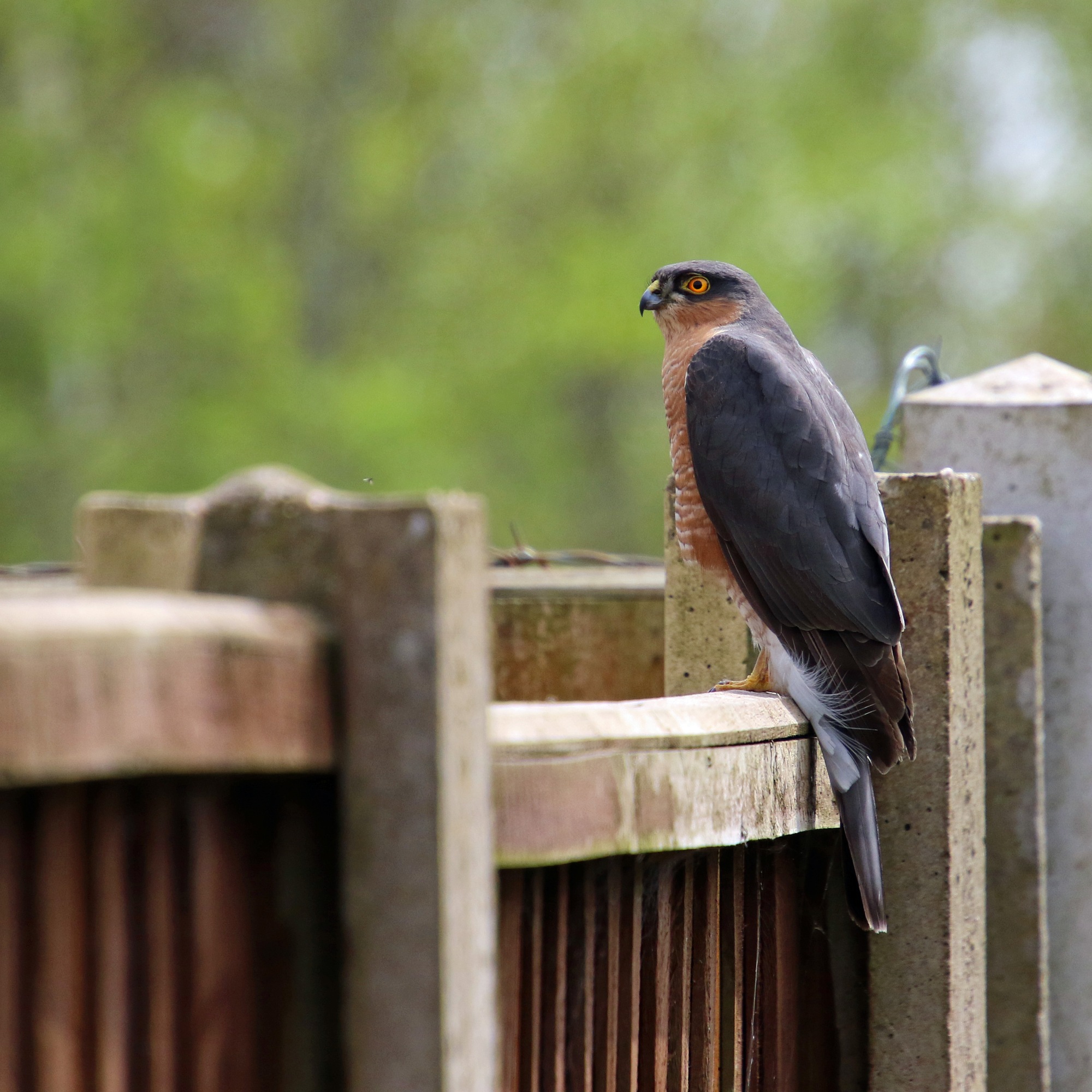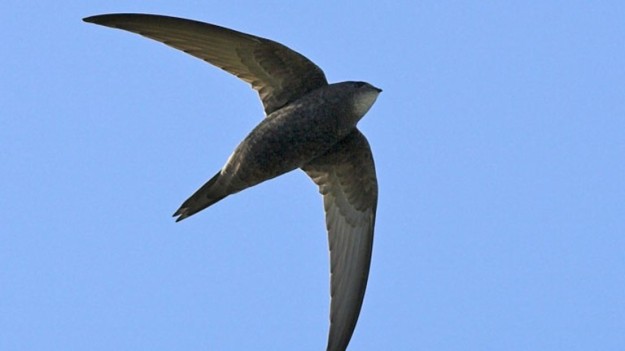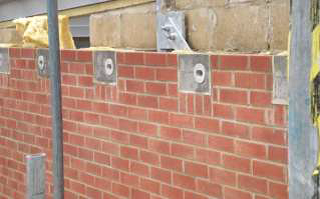On Saturday we held our first dawn chorus walk on the Rowley Hills, led by local expert Nick Horton. Ten attendees met at 6:30am at the cairn on Portway Hill in perfect weather conditions – sunny, mild and still. We headed across Portway Hill, past the farm and over to Turners Hill before checking out the golf course, then heading back the way we came. In total we saw or heard 33 species.

Portway Hill (image © Jane Tavener)

Willow Warbler (image © Andrew Cook)
At this time of year, many migratory birds have recently arrived from Africa to breed in the UK and we saw good numbers of these. The bird we probably saw (and heard!) the most on our walk was Chiffchaff, a small warbler which generally spends the winter in north Africa and parts of the Mediterranean, although in some parts of Europe they can be seen all year round. A close relative of the Chiffchaff, the Willow Warbler, was also spotted several times on the walk; this species likes young woodland and we saw a few in the area between Bury Hill Park and the Wildlife Trust cairn on Portway Hill.

The masts on Turners Hill (image © Jane Tavener)
Two other closely-related warblers that we saw were Whitethroat and Lesser Whitethroat; Whitethroats in particular are very common on the Rowley Hills as they breed in low scrub and brambles, a common habitat here. Although we were hoping to see a few birds of prey, these were surprisingly difficult to find – up to four species can regularly be seen on the Rowley Hills (Kestrel, Sparrowhawk, Peregrine and Buzzard) but on this occasion we only saw Buzzard, and a brief glimpse of a Peregrine.
Turners Hill, as the highest point in the West Midlands, is a stop-off point for many bird species on migration, which take a brief break to rest and refuel before heading off again to their breeding grounds. Early in the morning before the golfers arrive some of these birds can also be seen on the golf course, and one of our best sightings of the walk was here – a Wheatear quietly resting next to a ditch. This is an attractive bird of mountains and moorland, related to robins and thrushes; probably the closest breeding site to the Rowley Hills would be the Clee Hills in Shropshire.
We also had lovely views of both Mistle Thrush and Song Thrush, and we all finished the walk feeling much more confident that we could now tell these two similar-looking species apart!

Mistle Thrush (image © Andrew Cook)

Song Thrush (image © Andrew Cook)
We hope to repeat this walk in October, to catch migrating birds heading south for the winter – but it will be a daytime rather than early morning event. Keep an eye on our Events page to find out when this will be happening!
Here’s the full list of birds we saw or heard:
| Blackbird |
Linnet |
| Blue Tit |
Long-tailed Tit |
| Bullfinch |
Magpie |
| Buzzard |
Mallard |
| Carrion Crow |
Mistle Thrush |
| Chaffinch |
Peregrine |
| Chiffchaff |
Robin |
| Collared Dove |
Song Thrush |
| Dunnock |
Starling |
| Feral Pigeon |
Stock Dove |
| Goldfinch |
Swallow |
| Great Spotted Woodpecker |
Wheatear |
| Great Tit |
Whitethroat |
| Greenfinch |
Willow Warbler |
| House Sparrow |
Woodpigeon |
| Lesser Black-backed Gull |
Wren |
| Lesser Whitethroat |
|













































































